Vegetables to Grow In the Shade
Preview: When people think of gardening, most people think of growing in full sun. However, there are vegetables to grow in the shade.
If you don’t have a sunny yard, you may think you are out of luck growing a garden. While there aren’t many vegetables that can be grown in total shade, there are some that tolerate a fair amount. Many of the vegetables that don’t produce a “fruit” will grow decently with fewer hours of sunlight. These include most crops grown for their leaves and for their roots.
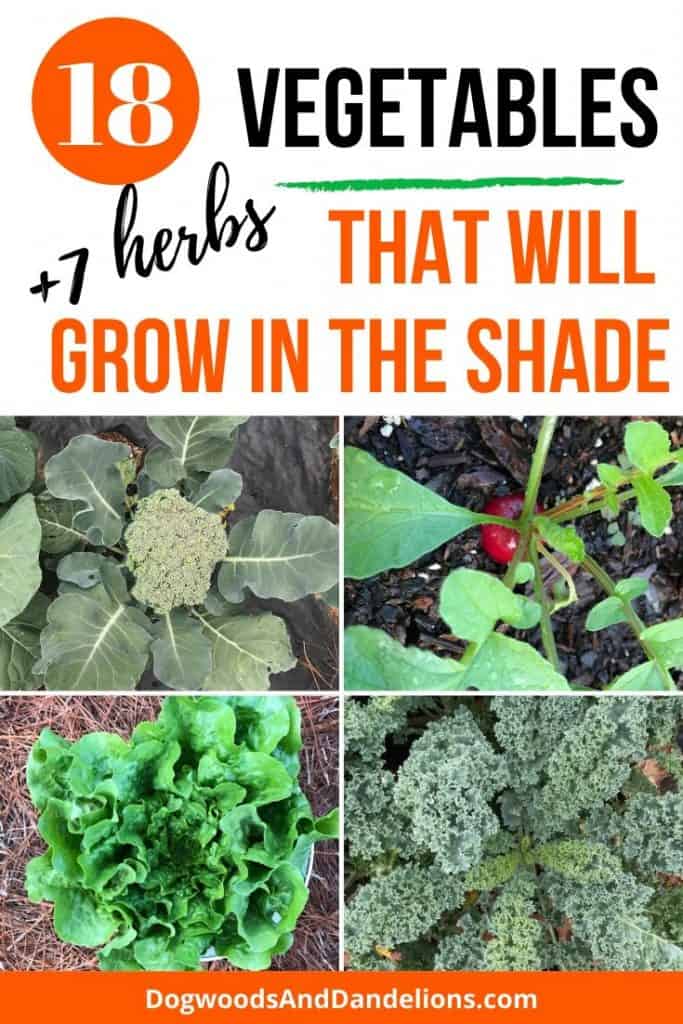
Affiliate Disclosure: Please note that some of the links in this article may be affiliate links and I may receive a small commission if you purchase something through a link. It will not change your cost. As an Amazon Associate, I earn from qualifying purchases. For more information, see my disclosures page.)
Determine What Kind of Shade You Have
When looking at your planting area, look to see what kind of shade you have. Do you have full shade, partial shade, or dappled shade?
Full Shade
Areas that are shaded by a building most of the day and receive less than 2 or 3 hours of sunlight is considered full shade. Unfortunately, you are unlikely to be able to grow much in full shade.
Partial Shade
Partial shade (Or partial sun, whichever you want to call it.) is an area that receives at least 4-5 hours of sun a day, but then is shaded the remainder of the day. With partial shade, you can usually grow quite a few vegetables.
Dappled Shade
Dappled shade is shade under a tree. This type of shade usually lets in a fair amount of light, unless the tree canopy is very dense. But it doesn’t necessarily let in a lot of sunlight.
Dappled shade is preferable to full shade, but it still isn’t as good as partial shade. If the tree canopy is high or not extremely full, you may be able to successfully grow quite a bit of food here. But if the tree canopy is dense, it might as well be considered full shade.
Full Sun
Full sun is considered by many gardeners to be more than 6 hours of sun each day. If you live in northern areas, it is probably better to consider full shade 8+ hours of direct sunlight.
Of course, you can grow a lot of vegetables in full shade. However, in the height of summer, some crops such as lettuce and brussels sprouts will bolt under the intense heat of full sun.
Growing a Garden Under Trees
Gardening under trees brings up a whole other problem. Tree roots will tend to steal a lot of the water from your garden area, so be prepared to water it regularly.
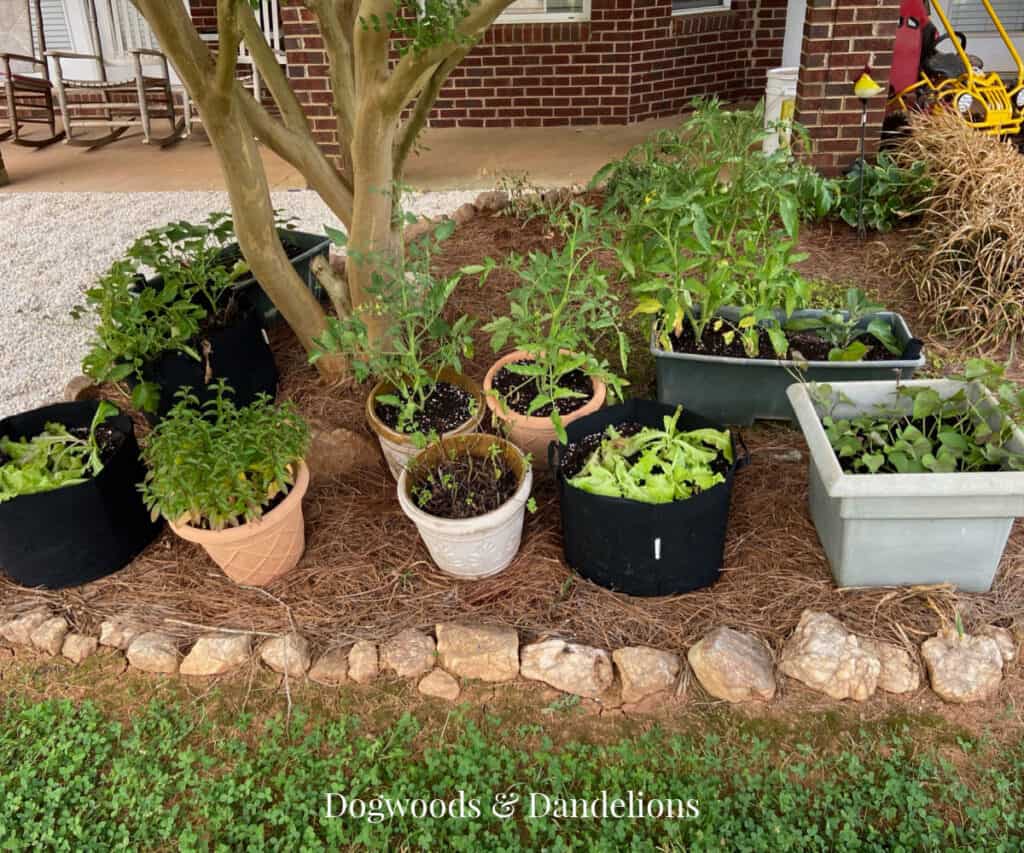
Before locating your garden under a tree, you want to look at the ground beneath it. If you see lots of roots at the surface, you will have a difficult time growing anything directly in the ground.
Your garden will compete with the tree for nutrients and moisture, and the dirt is likely to be very compact. You will also disturb tree roots as you try to plant your garden.
If the only suitable area you have to grow a garden is under a tree, you may want to consider installing raised beds or growing in containers. Raised garden beds and containers will allow you to control the quality of the soil and the amount of moisture available to your garden.
Problems With Growing Vegetables in the Shade
There can be some problems with trying to grow a edible plants in the shade.
Vegetables Will Grow Slower
One thing to remember when growing vegetables in the shade is that they will grow slower. For some vegetables, this can be a good thing. For others, it can cause challenges.
Radishes, for instance, usually taste better if they grow quickly. They are less woody and have less bite to them. However, in the heat of summer, you may have better luck with growing radishes in partial shade.
The Ground Can Be Too Wet
Also, you need to be sure the area doesn’t remain too damp. If your garden area remains wet or has poor drainage, you won’t be able to grow anything no matter the amount of sunlight. Your veggies will rot without proper drainage.
Pest Problems Growing Vegetables in the Shade
You may also encounter additional pest and insect problems growing vegetables in the shade. Snails and slugs love the cooler, damper conditions in the shade of buildings and trees. You will have to be diligent with pest management if you grow a garden in the shade.
Read: How to Naturally Control Bad Bugs in the Garden
Growing in the Shade Can Promote Diseases
Vegetables growing in the shade tend to be more susceptible to diseases. With the increased moisture and less air flow, diseases like powdery mildew and blight thrive. Keep a close eye on plants and use an appropriate organic fungicide at the first sign of disease.
Some Shade Can Be Beneficial
But in some situations, shade can actually be beneficial. When spring turns to summer and the temperatures start to rise, growing some vegetables in the shade will allow you a longer harvest time.
Leafy vegetables such as lettuce, spinach, and kale will appreciate late afternoon shade as spring turns into summer. As an added benefit, the cooler temperatures in the shade will help them from bolting (going to seed) as quick.
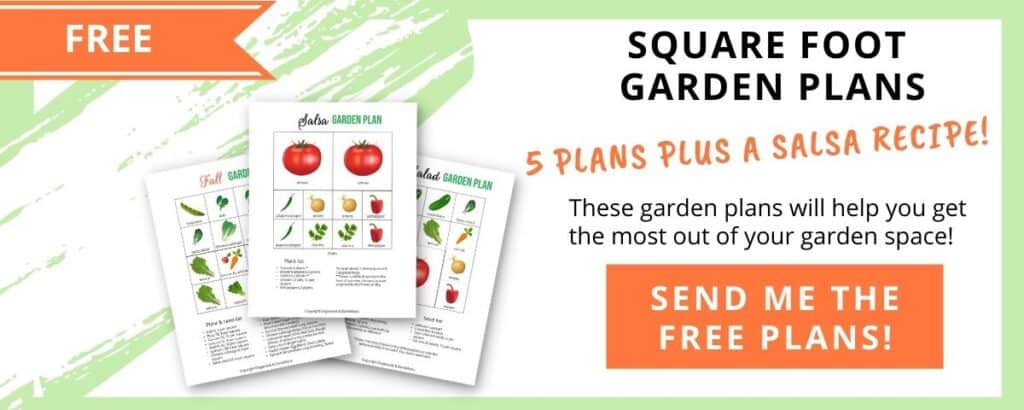
Ways to Overcome Too Much Shade
If you have too much shade, and want to try to let in some more light, there a few things you can do. First, if your area is under a tree, trim any low hanging branches. This will help allow some more light to get to your plants.
Secondly, if your garden is near a wall or fence that can be painted, paint it white. The white will reflect light back onto your plants and will help them produce more.
Finally, you can try reflective film around your plants. This can help provide more light to shaded areas. Just be sure to watch throughout the day so that the film isn’t reflecting bright sunlight back into places it shouldn’t. (Your neighbor’s house for instance.)
If you want to “hack” the reflective film to test it, cover a board with some heavy duty aluminum foil. Move it around until it reflects the light back onto your plants and see if it improves their growth.
Vegetables to Grow in the Shade
When trying to decide if a vegetable will do well in the shade, cool-season crops will usually do better than vegetables with blooms. Crops like peppers, eggplant, and tomatoes that like hot weather and have blossoms likely won’t produce fruit if the area has deep shade.
Obviously, this list is not all the shade-tolerant vegetables, but these are some of the best vegetables to grow in the shade.
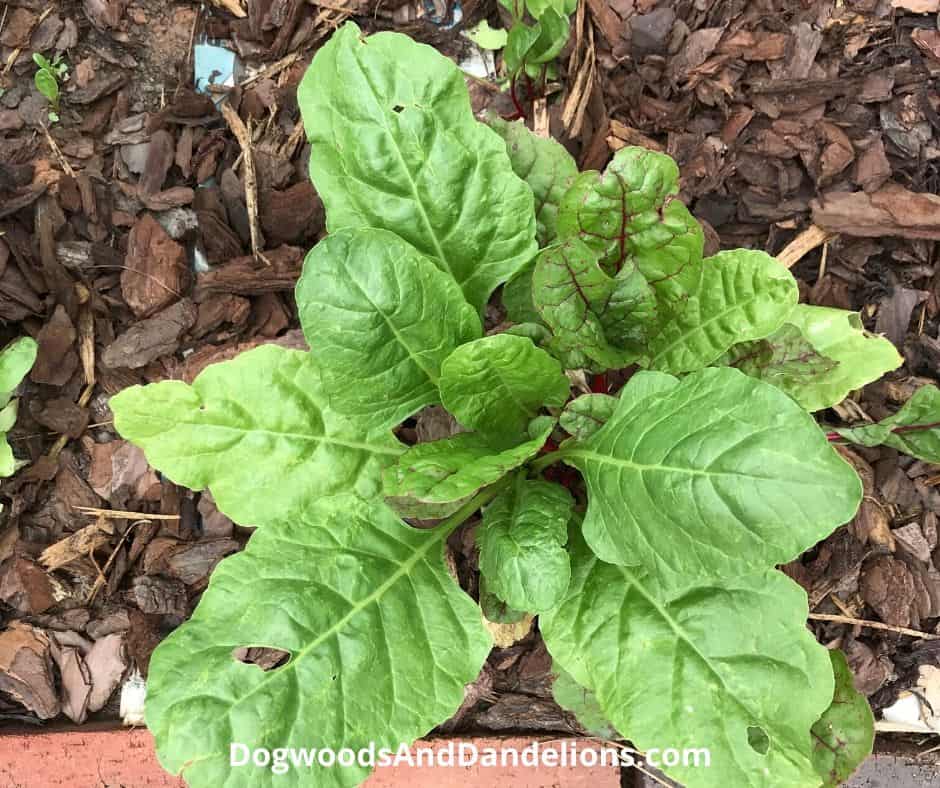
Leafy Vegetables to Grow in the Shade
Most leafy greens can easily be grown in a shady spot in the yard or garden space.
- arugula
- bok choy
- kale
- lettuce
- mesclun
- mustard greens
- spinach
- Swiss chard
Root Vegetables to Grow in the Shade
These are some of the easiest root crops to grow in the shade.
Cruciferous Vegetables
Most of the cruciferous vegetables, also sometimes called cole crops, do well in cooler temperatures so they can usually tolerate a fair amount of shade. Sometimes though, you may get smaller heads than you would growing the vegetables in a sunnier location.
- broccoli
- Brussels sprouts
- cabbage
- cauliflower
- Chinese cabbage
Herbs That Can Tolerate Some Shade
- chives
- cilantro
- marjoram
- lemon balm
- mint (But only plant mint in a pot. – It’s very invasive!)
- oregano
- parsley
What About Growing Peas & Beans?
You can try growing peas and bush beans in some shade. Keep in mind, your harvest probably won’t be as large as one grown in full sun.
However, you may get to harvest over a longer period in the summer as the shade will help keep the peas and beans from getting too hot and stopping production.
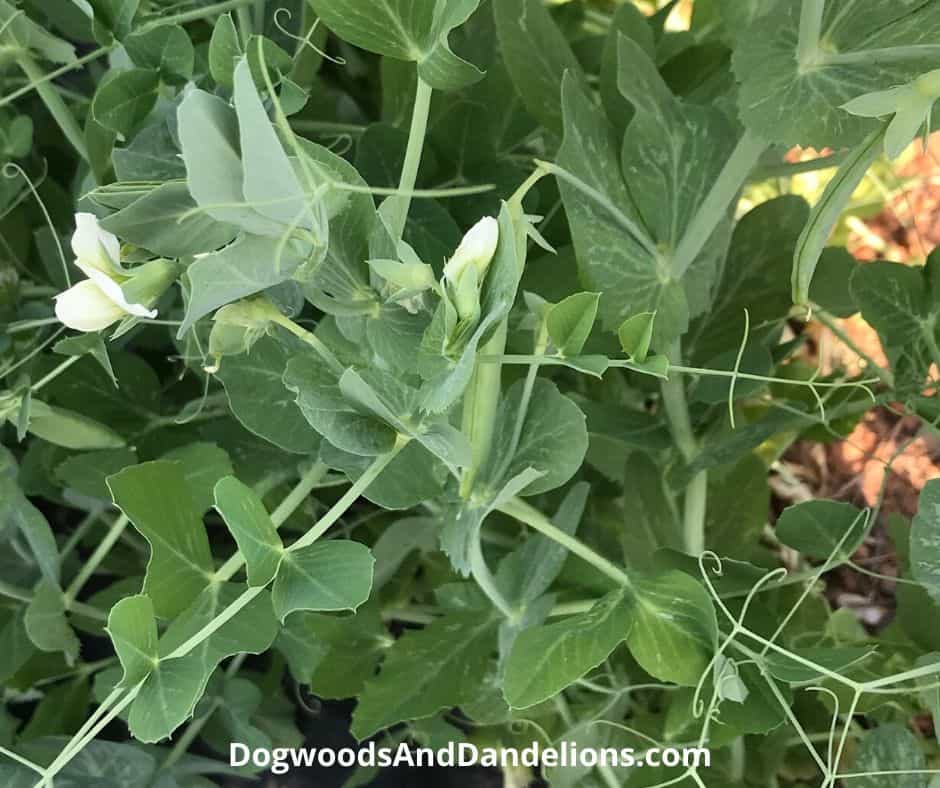
Peas are a cool season crop, and definitely will appreciate some late afternoon shade as summer approaches. And when it gets too hot, the blossoms tend to fall off green beans.
If you want to grow peas and beans in the shade, look for bush bean varieties, not pole beans, and shorter varieties of peas that don’t need to be trellised.
So Can I Really Grow a Vegetable Garden in the Shade?
If you really want to grow a vegetable garden, and all you have is shady spot, give it a try. Be prepared for the possibility that your vegetables won’t produce as well.
Or consider growing in grow bags if you have even a small area with sun. You can start out growing salad greens in early spring in a bit of sun and then move the grow bag to a shadier area in early summer.
But I Really Want to Grow a Tomato
If all you have is partial or dappled shade, and you really want to grow a tomato, try growing a tomato. Remember, growing a garden is an experiment, whether you’ve grown 1 garden or 101.
And everyone’s yard is unique. You’ll never know what works and what doesn’t if you don’t try!
With a little planning and the right conditions, almost anyone can find a garden space to grow their own food and have a bountiful harvest, even with a bit of shade.

Related posts:
- How to grow radishes
- Learn more about growing in raised beds
- How to grow lettuce

